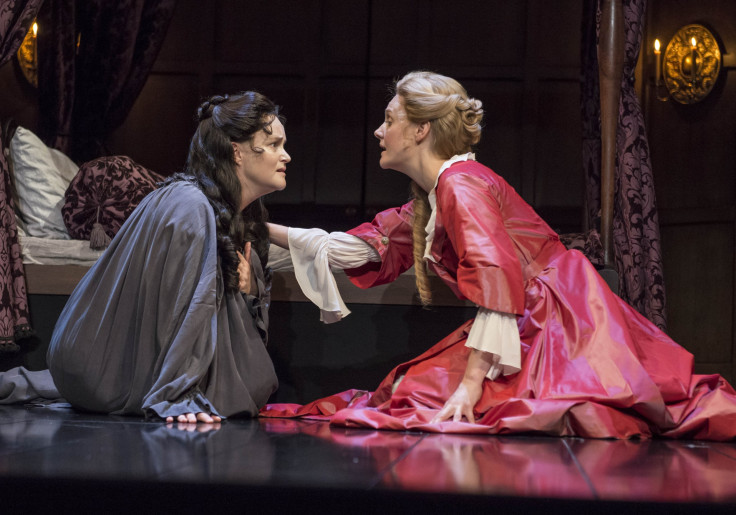The British royal family is looked up to and admired for their conformity to rules and traditions. The royal family is scrupulous and very particular with etiquette and protocols, considering the reputation and image that the royal family has to be cautious of and uphold. While sexual preferences and same-sex marriages are not really a taboo, the royal family stays discreet about them, just like any other issues.
The film “The Favourite” may have given the public a sneak preview of how same-sex relationships went about in the seventeenth century. But times have changed, and fortunately so have the British royal family’s rules and views on LGBTQ.
Lord Ivar Mountbatten
In 2018, a distant cousin of Queen Elizabeth attracted attention, which is unusual for someone far from the British royal throne. Lord Ivar Mountbatten, and partner James Coyle, was in the headlines for a while for holding the first royal gay wedding.
William Rufus
Historical accounts, however, suggest that queerness among the royal family members existed as early as the medieval times. William Rufus was rumored to be one of the first LGBTQ royalty. He remained a bachelor all his life.
He reportedly dressed in women clothes, wore his hair long, along with other LGBTQ friends, and “minced about with girlish step.” There were also rumors about favoring good-looking male court members.
Richard I
Richard I had one of the most scandalous rumors surrounding his sexuality. Unlike William Rufus, who was unmarried, Richard was forced to marry Berengaria for political reasons. The couple did not bear any children, and there were words about the marriage being “unconsummated.”
The movie “Lion In Winter” implied that Richard I and King Philip Augustus of France shared a bed together. Historians, however, argued that “sharing a bed” among monarchs in the medieval period shows honor and favor. Richard I’s father, King Henry II, was, however, unhappy about it.
Queen Anne
Queen Anne and Sarah Churchill’s relationship was adapted in the movie “The Favourites.” Biographer Anne Somerset confirmed with how the Queen was portrayed in the film. Churchill was really close to the Queen. She influenced Queen Anne in her political decisions.
Rumors flew around the court about Queen Anne favoring women, including Abigail Masham. The Queen and Masham became close, but that was all there was, as the film depicts. But Churchill was the one who threatened Queen Anne about giving truth to the lesbian rumors. The blackmailing backfired, though.
In addition, Queen Anne was married to Prince George of Denmark, whom she cared deeply. This was not mentioned in the film. Somerset could not conclude whether Queen Anne really had sexual relationships with Marsham or Churchill, but it seemed unlikely because the Queen viewed same-sex relationships as “disgusting.”

© 2024 Latin Times. All rights reserved. Do not reproduce without permission.